Microplate-based assays: recommendations for use
High-quality data are imperative in the lab. Here, we discuss how to get the best out of your microplate
Understanding microplate properties and the different settings that can be adjusted on a microplate reader can be challenging. It is even more complex to identify the effect these features have on the data output. On this page we discuss the impact of microplate reader detection settings and the different microplate types on data quality. Moreover, we provide empirical evidence of their effect on data and highlight strategies and approaches to optimise microplate reader parameters.
eBook: Microplates in Action Recommendations for use

In this eBook, we explore ways to get the best possible use out of microplate-based assays. You will learn how to select the right microplate for your specific needs, the best way to avoid sources of variance and how to choose the most appropriate performance indicators to measure success.
DownloadHow to optimise the gain setting of my microplate reader
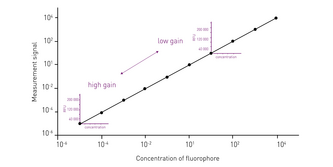
Have you ever wondered what the gain setting of your microplate reader is? Read here, why it is important to use an appropriate gain setting and how it can influence your measurements.
DownloadHow the number of flashes influence measurement results
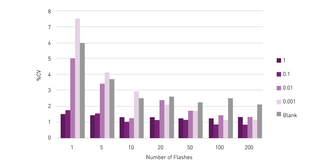
The number of flashes has an influence on both measurement time and data variability. Find out, how it can be used to optimise your microplate measurements.
DownloadHow to optimise the focal height of your microplate reader measurements
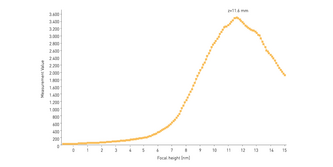
There is an optimal focal height setting for each of your measurements. Read here, how the focal height setting can affect measurement results.
DownloadHow to reduce autofluorescence in cell-based assays
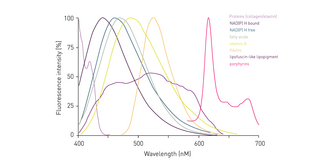
Is autofluorescence giving you a hard time when measuring cell-based assays? Read here where autofluorescence originates from and how to work around it.
DownloadHow to reduce data variability in heterogenous cell samples
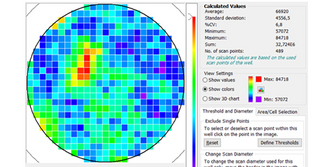
Your cell samples are distributed unevenly, and you fear that you are measuring off-target? Read here how to capture all cells in your microplate reader measurements.
DownloadHow to choose the best microplate colour for my assay
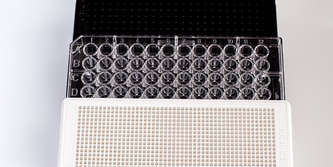
Unsure about the choice of microplate colour? Find out how plate colour affects the results in different detection modes and make an informed decision for your assay.
DownloadHow to deal with path length and meniscus in microplates
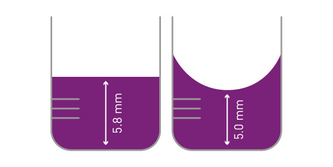
Are you suffering from unexplained discrepancies in your absorbance measurements? Here you will learn how to recognise whether they are caused by meniscus effects and how to avoid them.
DownloadHow to Video: Get the best out of your microplate reader
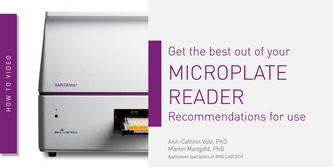
In this talk, BMG LABTECH Application Specialists discuss the impact of the different microplate reader settings on data quality. A particular focus is also set on cell-based assay optimisation with additional tips beyond plate reader settings.
Download